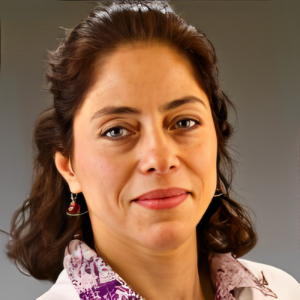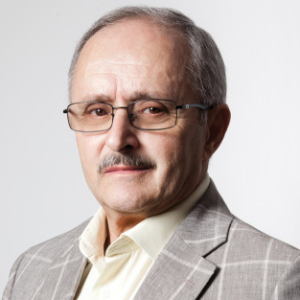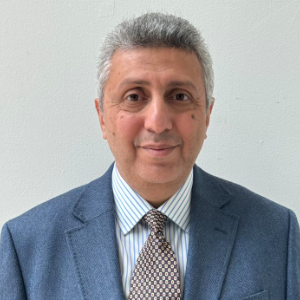In Vitro Fertilisation
In vitro fertilization (IVF) is an assisted reproductive technology used to treat infertility and genetic disorders. It is a process in which an egg is fertilized by sperm outside of the body, in a laboratory. Once the egg is fertilized, it is placed into the uterus of the intended mother. IVF was first successfully completed in 1978, and since then has become a widely used treatment for infertility. IVF is usually only recommended after other infertility treatments have been unsuccessful. It is typically used when the woman has blocked or damaged fallopian tubes, when the man has a low sperm count, or when a couple is affected by unexplained fertility. IVF involves a number of steps. First, hormones are given to the woman to stimulate the production of multiple eggs. The eggs are then collected from the woman and placed in a petri dish where they are fertilized by the sperm. The fertilized eggs, or embryos, are then monitored in the laboratory to ensure they are growing properly. After a few days, the embryos are placed into the woman's uterus. If the embryos successfully implant and the pregnancy progresses normally, a baby is born. In some cases, more than one embryo is placed into the uterus, resulting in multiple births.

Neda Zarrin-Khameh
Baylor College of Medicine, United States
Marlen Sulamanidze
Total Charm Clinic, Georgia
Mohamed M Hosni
London North West University Healthcare NHS Trust, United Kingdom
Neda Zarrin-Khameh
Baylor College of Medicine, United States
Marlen Sulamanidze
Total Charm Clinic, Georgia
Mohamed M Hosni
London North West University Healthcare NHS Trust, United Kingdom




Title : Evaluate the changes in SP-D levels in plasma during different phases of the menstrual cycle recruited from the Well- Adult Surfactant Protein Study (WASP)
Natnicha Kitti udom, University College London, Thailand
Title : Synergistic antifibrotic potential of protocatechuic acid and D-Carvone in liver protection
Ling Yin, Hefei Comprehensive National Science Center, China
Title : Pathologic findings in women with atypical glandular cells on Pap test
Neda Zarrin-Khameh, Baylor College of Medicine, United States
Title : Non-ablative radiofrequency for pelvic floor dysfunction and female intimate anti-aging: a 6-month prospective multi-centre cohort objectiv
Shaadaiti Wufuer, First Affiliated Hospital of Xinjiang Medical University, China
Title : Benign gynecological conditions and lifetime contraceptive patterns: a population-based analysis of the 2022–2023 national survey of family growth
Mayi Gnofam, Stony Brook University, United States
Title : Hysteroscopic endometrial resection with resectoscope versus Novasure ablation: A look at patient satisfaction with treatment of abnormal uterine bleeding and rates of progression to hysterectomy
Genevieve Kan, West Gippsland Healthcare Group, Australia